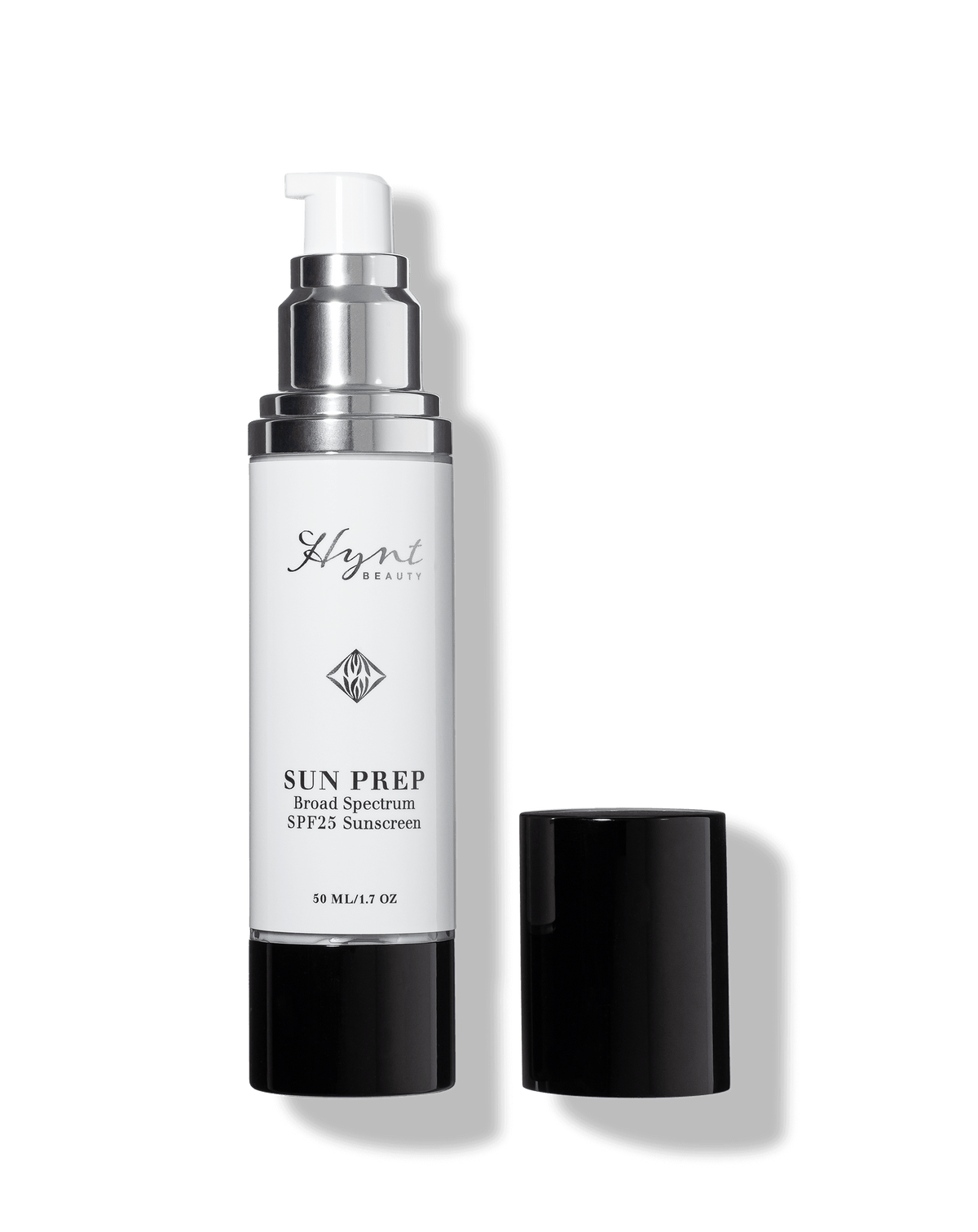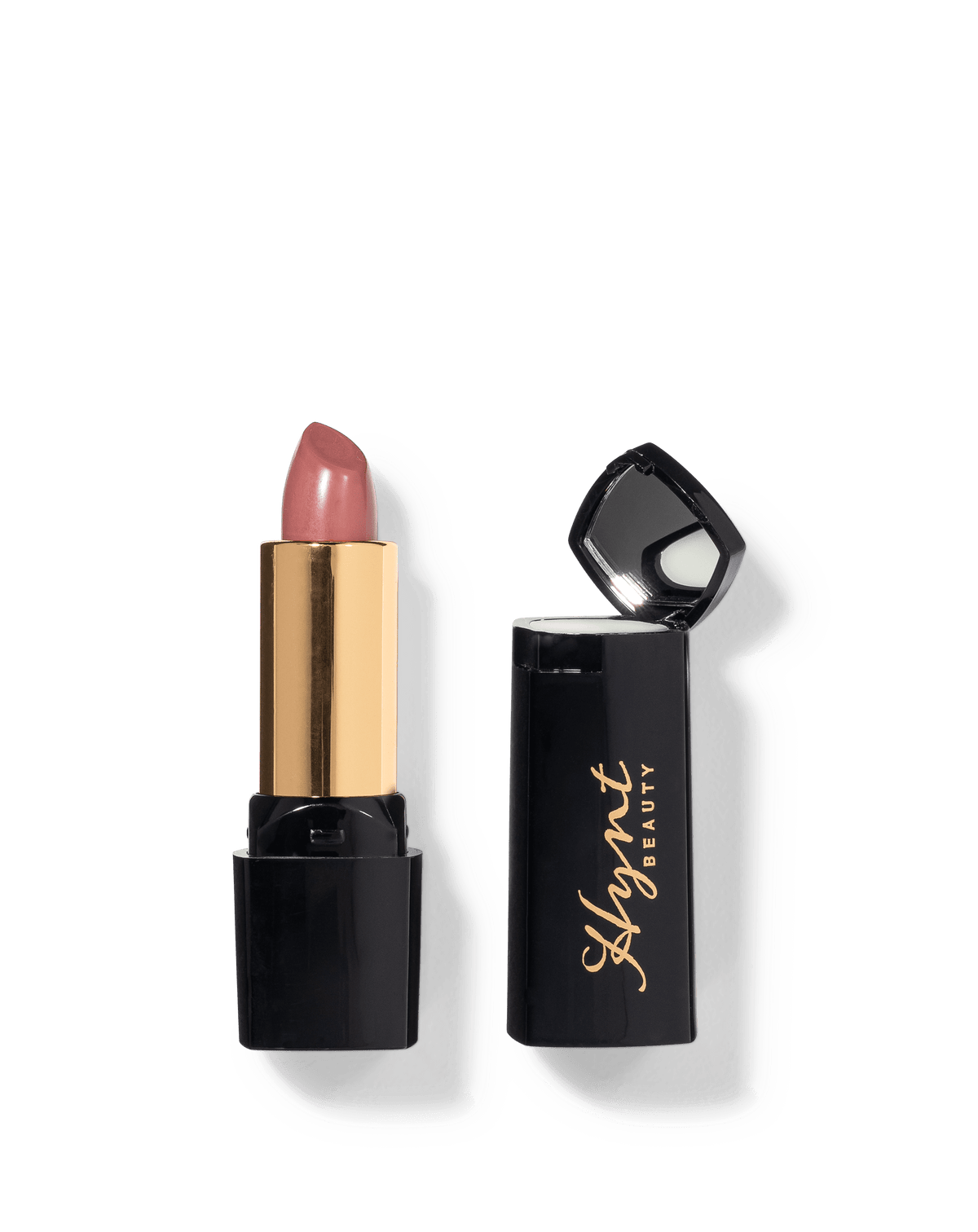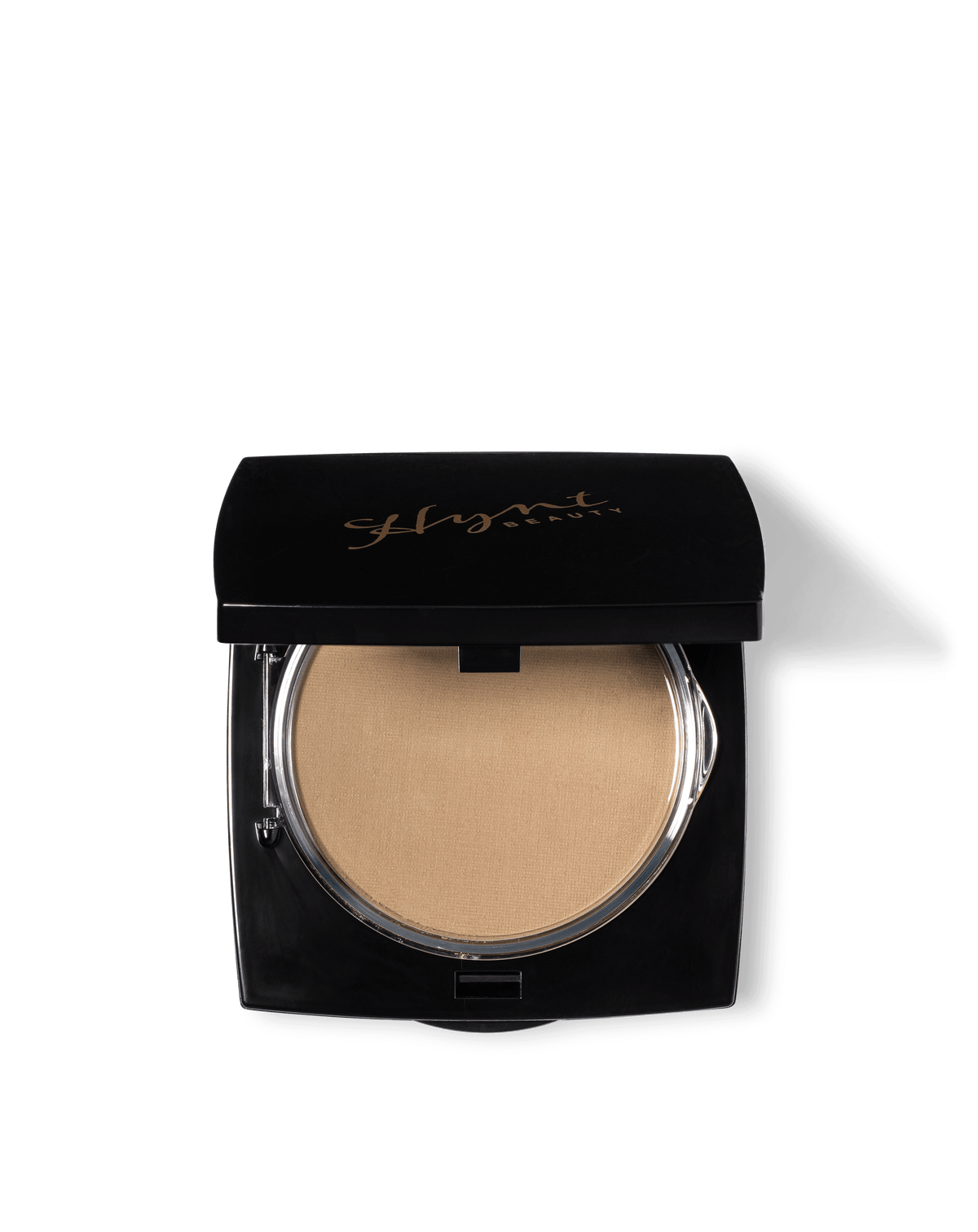Isn't that what specimens are preserved in!? Yes, it is and it is also a potential cancer causing carcinogen that are found in many nail polishes, hair straightening treatments, body washes and other hair products. Formaldehyde has also been linked to reproductive issues, leukemia and asthma1. Scary!
But wait, don't go looking for just Formaldehyde on the ingredient label list. In many cases, it is disguised behind different names like: diazolidinyl urea, sodium hydroxymethylglycinate, 2-bromo-2-nitropropane-1, imidazolidinyl urea, hydantoin.
A good take away from Formaldehyde is that Natural and Organic does NOT mean it is safe!
The scary thing is, Formaldehyde can be called natural and it can even be called organic because the chemical is a naturally occurring organic compound. Even dangerous chemicals like Arsenic, which we all know is dangerous, is a "natural" ingredient so don't be fooled by those "natural" and "organic" marketing copy. Be sure to look on the ingredient list to make sure all your natural ingredients are impurity-free and feel gentle on skin.
MERCURY
The fact that an ingredient like Mercury can be formulated into any personal care or beauty product is shocking but it's actually hidden in mascaras, anti-aging products and other creams and lotion type products under the disguised name of mercurous chloride, calomel, mercuric and mercurio.
Symptoms of mercury poisoning can be serious and may include irritability, tremors, changes in vision and hearing, memory problems, and numbness, and mercury can contaminate breast milk in pregnant and nursing women. Random tidbit: In India & China, Mercury was used as an aphrodisiac in 500BC and Chinese women have been reported to consume Mercury as birth control 4,000 years ago2.
COAL TAR
Hard to believe yet again but coal tar is quite often formulated into various hair products, colorants and shampoos. It's mainly used as a dermatological treatment. And since "Coal Tar" doesn't look so great on the ingredient label, these clever scientific names are used instead: aminophenol, phenylenediamine and diaminobenzene.
Certain coal tar ingredients are linked to cancer. People who have psoriasis sometimes use coal tar remedies for treatment but are warned by doctors that they run the risk of cancer in return3.
So why would we willingly use these potentially risky ingredients in our beauty!?
PARABENS
This is the one that you probably hear about and know about most; it's practically become the poster child for bad ingredients! That's because parabens are widely used as an effective, cheaper preservative option across the board in beauty, health and personal care products.Parabens often appear as Butylparaben, Methylparaben, Propylparaben or Isobutylparaben on the ingredient lists.Parabens may mimic the estrogen hormone potentially leading to imbalance, of special concern with young girls and pregnant women, which some people believe could increase the risk of developing breast cancer, DNA damage and skin irritation at the very least with repeated longterm use. So that's why parabens get the bad rap but unfortunately, most conventional brands, even those that appear to be natural, have not yet excluded it from their formulas. Try taking a look yourself.
TRICLOSAN
Triclosan is most commonly found in antimicrobial soaps, detergents, deodorants, shaving products, whitening toothpastes and makeup, too, as an anti-microbial to kill bacteria, fungus and deodorize. Listed as Triclosan, Triclocarban, Irgasan, Lexol-300, Ster-Zac, Cloxifenolum or Microban. Triclosan is already restricted in cosmetics in Canada and Japan and Triclocarban is a restricted ingredient in all the European Union nations. Where is the USA?!
So why is this ingredient potentially harmful? It is linked to weakening of the immune system, disruption of muscle function, altered hormone regulation and the kicker…it's a pesticide so it's toxic for the environment.
PHTHALATES
Shown, Diethylphthalate (DEP), a compound that is a suitable solvent for many organic molecules and is often used to bind cosmetics and fragrances.
Used in nail polishes, hair sprays, perfumes, aftershaves, and lotions and creams, Phthalates are commonly listed as dibutylphthalate (DBP), diethylphthalate (DEP), dimethylphthalate (DMP), and benzylbutyl phthalate (BzBP). DBP and DMP were more commonly used in nail polishes and hair styling products, respectively, but rarely make an appearance in cosmetics products. Only DEP is still widely used.
Unfortunately, there's quite a loop hole when it comes to listing phthalates in the ingredient labels of cosmetics and personal care products because it can hide under the ingredient "Fragrance."
Fragrance mixtures are considered proprietary blends that should not be copied by other companies. So, the regulations do not require the listing of individual fragrance ingredients. Phthalates often find themselves as a part of this blend but it can stay incognito behind the Fragrance mask.While the FDA states that the ingredient has not been sufficiently linked to any major health concerns in the quantities that are found in cosmetics and personal care products, studies have been published throughout the decades that suggest hormonal disruption, thyroid irregularities, and asthma and skin allergies in adults and children. Animal studies have also indicated that phthalates can trigger miscarriages and infertility in females7. While animals studies in themselves are horrible and animals are dosed in higher quantities than are formulated into human products, it doesn't seem right to slather these on our bodies, and our babies' bodies, either.

Photo by Giulia Bertelli on Unsplash
A LITTLE DOSE OF SANITY
While we think it is important to at least equip ourselves with cosmetic ingredient knowledge in order to be conscious consumers of products, many of these ingredients are so prevalent that it can be hard to weed them out completely overnight. So, begin your "clean up" with the products that can make the most difference on an every day basis. For example, try replacing your daily face and body moisturizer, or anything daily that you use on a wider area of skin or even in your mouth (toothpaste), for a cleaner product with natural preservatives and natural fragrances. It's ok to "splurge" once in a while on let's say, that liquid eyeliner or nail polish shade that you just can't replace with a naturals-based product. It's more important that you practice clean beauty on a daily, long term basis.Because the list is also constantly evolving, it's best not to overwhelm yourself. Get to know a few of the most common ingredients to start and add onto the list as you go. The aforementioned Skin Deep database is a great source, as well as plain old googling.More ingredients from our Ingredient Black List will be introduced in future blog posts so stay tuned and as "clean" as you can! We're here to help if you have any questions.
SOURCES1. "Is cancer-causing formaldehyde in your cosmetics?" EWG. N.p., n.d. Web. 12 Jan. 2017. http://www.ewg.org/research/exposing-cosmetics-cover/formaldehyde-releasers2. Donnelly, Tim. "History's 10 worst forms of birth control." New York Post. N.p., 29 Apr. 2014. Web. 12 Jan. 2017. http://nypost.com/2014/04/29/historys-10-worst-forms-of-birth-control/ and Czaika, Ellen , and Bethanie Edwards. "History of Mercury Use in Products and Processes." Mercury Science and Policy at MIT. N.p., 15 Jan. 2013. Web. 12 Jan.2017.
http://mercurypolicy.scripts.mit.edu/blog/?p=3673."Final safety assessment of Coal Tar as used in cosmetics." International journal of toxicology.U.S. National Library of Medicine, 2008. Web. 12 Jan. 2017. https://www.ncbi.nlm.nih.gov/pubmed/188308614. "Exposure to Chemicals in Cosmetics." BreastCancer.org, N.p., n.d. Web. 12 Jan. 2017. http://www.breastcancer.org/risk/factors/cosmetics5. "Triclosan: Campaign for Safe Cosmetics" Safecosmetics.org.
http://www.safecosmetics.org/get-the-facts/chemicals-of-concern/triclosan/ and "The Dirt on Antibacterial Soaps" by NRDC.org.
https://www.nrdc.org/stories/dirt-antibacterial-soaps?gclid=Cj0KEQiA-_HDBRD2lomhoufc1JkBEiQA0TVMmt8bKhvxZjurPhyW9dCqzDkc0AAONbyPT7Q-50xLJqwaAgCy8P8HAQ6. U.S. Food & Drug Administration on Phthalates Ingredient as used in Cosmetics Products and Ingredients. http://www.fda.gov/Cosmetics/ProductsIngredients/Ingredients/ucm128250.htm7. Environmental Working Group, "Teen Girls' Body Burden of Hormone Altering Cosmetics Chemicals" and other articles / studies on site:
http://www.ewg.org/research/teen-girls-body-burden-hormone-altering-cosmetics-chemicals/cosmetics-chemicals-concern
 Photo by ChutterSnap on Unsplash
Photo by ChutterSnap on Unsplash










0 comments